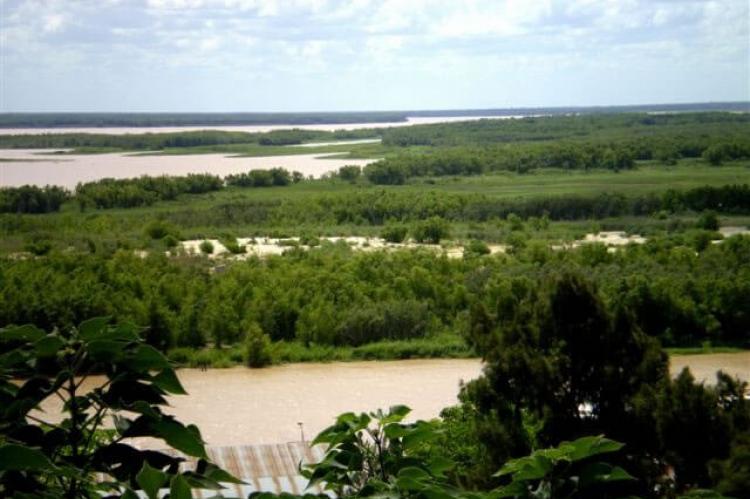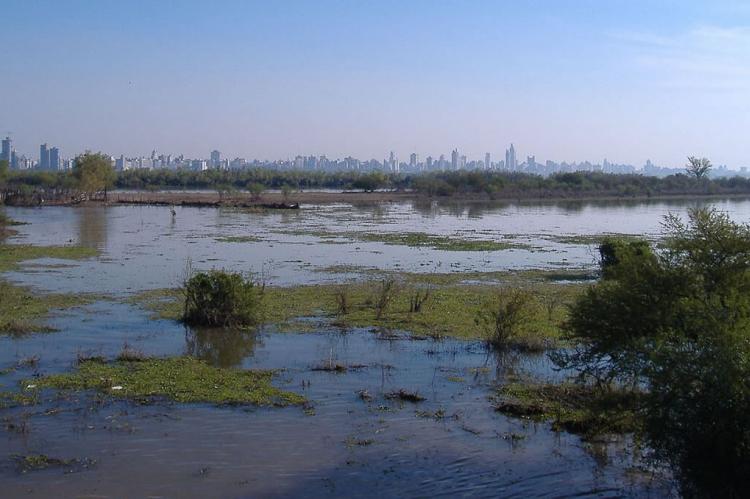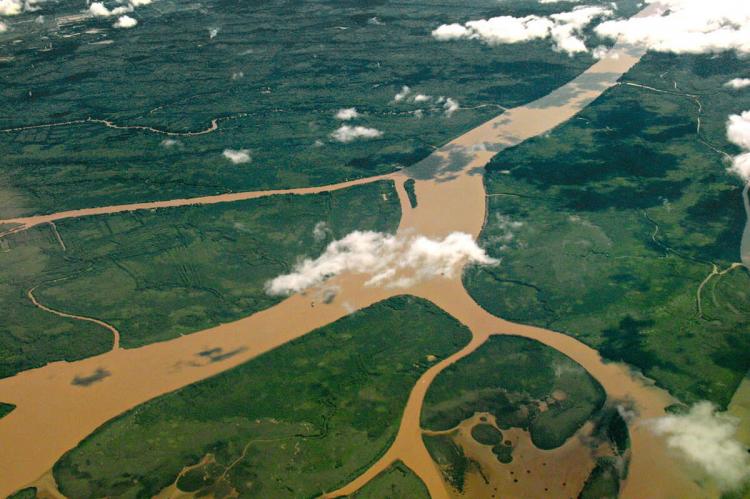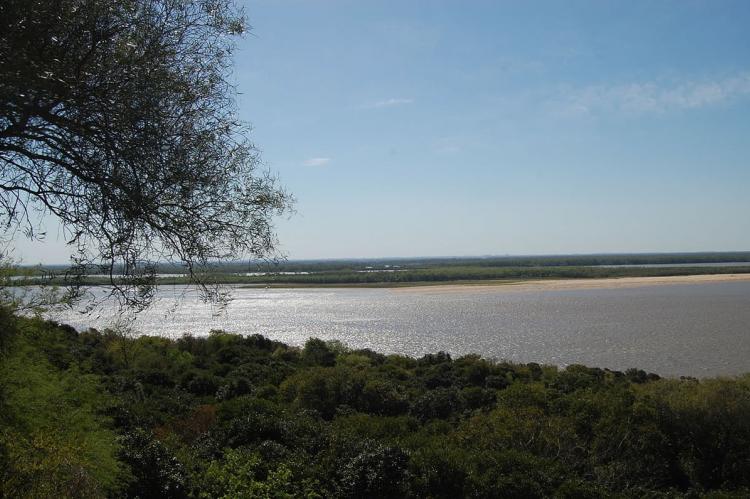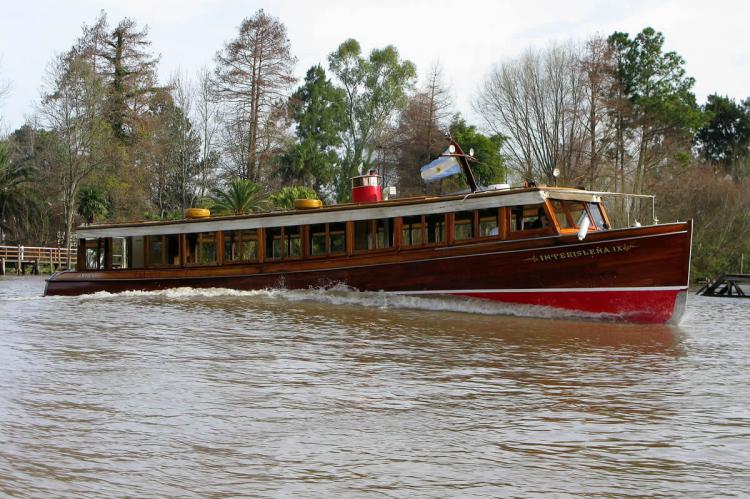Delta del Paraná Biosphere Reserve: Predelta National Park (Argentina)
The Delta del Paraná Biosphere Reserve comprises the coastal freshwater delta of the Paraná River located just north of Buenos Aires. Predelta National Park is located where the river sediments start forming islands. It is an area rich in biodiversity, including species that find their southernmost limit of distribution.
Delta del Paraná Biosphere Reserve
The Delta del Paraná Biosphere Reserve (Paraná Delta Biosphere Reserve) comprises the second and third sections of the Islands of the San Fernando Delta, located just north of Buenos Aires.
The Paraná Delta is an area rich in biodiversity, including species that find their southernmost limit of distribution, making the site interesting for conserving genetic diversity.
The total area of the Biosphere Reserve encompasses 88,624 ha (219,000 acres), including core, buffer and transition areas. The core area of the reserve is 10,694 ha (26,425 acres).
Flora and Fauna
The flooded river beds are dominated by Totora (Schoenoplectus californicus) and in certain young islands, 'pajonal' (Scirpus giganteus), 'margaritón de bañado' (Senecio bonariensis), 'espadaña' (Zizaniopsis bonariensis) and 'saeta' (Sagitaria montevidensis) are found.
The Delta del Paraná Biosphere Reserve also contains low forests, forest ecosystems and secondary forests with Black Cottonwood (Populus spp.) and Willow Salix spp. and relict Monte Blanco forest with 'Canelón' (Rapanea spp), 'Arrayan' (Blepharocalyx tweediei).
Socio-Economic
The main human activity in the delta is the exploitation of the willow forest for commercial purposes. Some areas are, however, difficult to access, and human impact is low. The region has suffered from a loss of human population, and today only 3,600 inhabitants live there (2001).
The establishment of the Biosphere Reserve aims at revitalizing the economy of the region at the same time as conserving the natural and cultural values of the area.
Predelta National Park
The Predelta National Park is a national park of Argentina, located in the southwest of Entre Ríos Province, in Argentine Mesopotamia, at the beginning of the Paraná River Delta.
The park was created to protect a sample of the Upper Delta of the Paraná, which belongs to the Paraná Delta and Islands Ecoregion.
The Predelta is the area where the sediments of the Paraná River start forming islands, while the river itself splits into several major arms and many smaller watercourses. It encompasses an area of 24.58 sq km or just over 94 sq mi.
The original ecosystem, especially in the Lower Delta, has been heavily modified by deforestation, hunting, fishing and the introduction of foreign species of flora and damaged by domestic and industrial pollution.
It hosts species such as the marsh deer, the capybara, the neotropical river otter, the Pampas cat, the jaguar, the coypu and the red-faced guan, some of them endangered.
